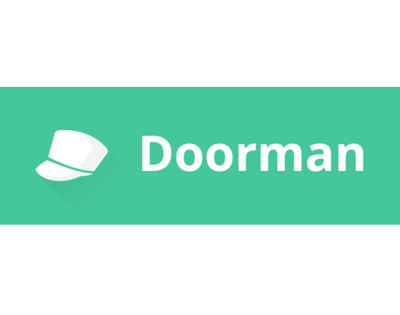What is Product Brief?
Product Brief is a key component of Product Creation. Product Managers use this document to create a product plan, helping in answering What the product is, How will it be built and even Why is being built in the first place. Putting together a product brief ensures that everyone has the same understanding of product and design/development issues can be avoided.
It acts as a roadmap for all the stakeholders, from Software developers to Marketing, Sales and even UI/UX designers. Top level management can use it to develop value propositions, marketing teams can use it to develop marketing material while UX designers can work upon the user personas. Developing Clear and Concise Product Brief helps strengthen efficiency and productivity of teams.
How is product brief important in the product building landscape?
The Product Brief is vital for product building as it defines the Product Quality and Product building timeline. It also creates a great atmosphere for the teams to work together and brainstorms new ideas.
For example, Product Brief can start a conversation between Developers and Marketing professionals about the importance of features relevant to the market. One can expect high quality outcomes and a great user-centric product.

What to Include in Product Brief?
Here is a list of 10 key questions that needs to be addressed inside the Product Brief. Below, you can find a more detailed explanation about what each of these means.
- What is the Product name?
- What is the objective and motivation behind building the product?
- Defining the Success Metrics.
- What problem does the product solve?
- Product Features
- Risks and Assumptions
- Customer Segment
- Competitor Landscape
- Product Pricing
- Product Timeline
What is the Product Name?
The first and foremost thing to include in the product brief is the name of the Product. It is a good excuse to know what the product will be referred to as externally.
What is the objective and motivation behind building the product?
You would be tempted to write long paragraphs explaining your product on which you've probably spent months ideating. But, the product brief should include the description of the product in short as if you were giving an elevator pitch. We'll dive deeper into the product in Product Features.
Defining Success Metric
Set up metrics. These can help you stay on track and gauge the success of the transformation. These can be in terms of cost, time or any quantifiable metrics.
What Problem does the Product Solve for the end user?
This part should be the key component of the product brief. This will help the Sales and Marketing teams to position the product in the market, also aligning the teams to work on solving a problem together.
What are the Product Features?
Here, go into as much detail as you can about your product in this section. This will help the UX and the development team get a fair idea of what they are building and how the product would work for the end user.
Risks and Assumptions
This might not be the most important part of the document, but it will help in understanding the Risks involved and formulating strategies better. Analyzing risks can also help you in case something goes wrong.
Customer Segment
This section answers one of the most important questions, Who is the product designed for? Here you create an ideal customer persona. This helps teams get a sense of who they are building the product for.
Competitor Landscape
Although this shouldn't affect your team's mindset, it's good to know who your competitors are. This will help you understand how you should position your product and how you can create a differentiation from your competitors.
Product Pricing
This might be the most important part of the Product Brief, What would be the pricing of the product? This will be the tentative pricing, as it will continue to change as more features are added.
Product Timeline
It's important to create a timeline for your UX, development, sales and marketing teams. Be as specific as possible in this section, accommodating all the delays which could arise while building the product.
Points to keep in mind while writing a product brief
Here are a few tips to be kept in mind while writing your product brief.
- Using precise and clear language, this will make sure that the document is understood by everyone.
- Keep it short and to the point, Writing long paragraphs won’t prove to be fruitful for anyone, instead short points will make it more readable.
- Include Wireframes, flow diagrams and Images, this will make the product brief look alive and communicate information quickly.
- Making sure to integrate feedback, be flexible and ready to make changes accordingly. This will help in case something has been missed or overlooked.
- Take reasonable assumptions, not giving the development/marketing team enough time would overburden them and the outcome may not be of high quality.
Conclusion
Product Brief is not a document which once created can't be changed. It is supposed to be reviewed and updated at a regular interval. Developing a Product Brief is a good way of ensuring everyone is working towards the same objective. If you are able to develop a strong Product Brief, you are already on a way to building a great product.





 Entrepreneurship
Entrepreneurship


